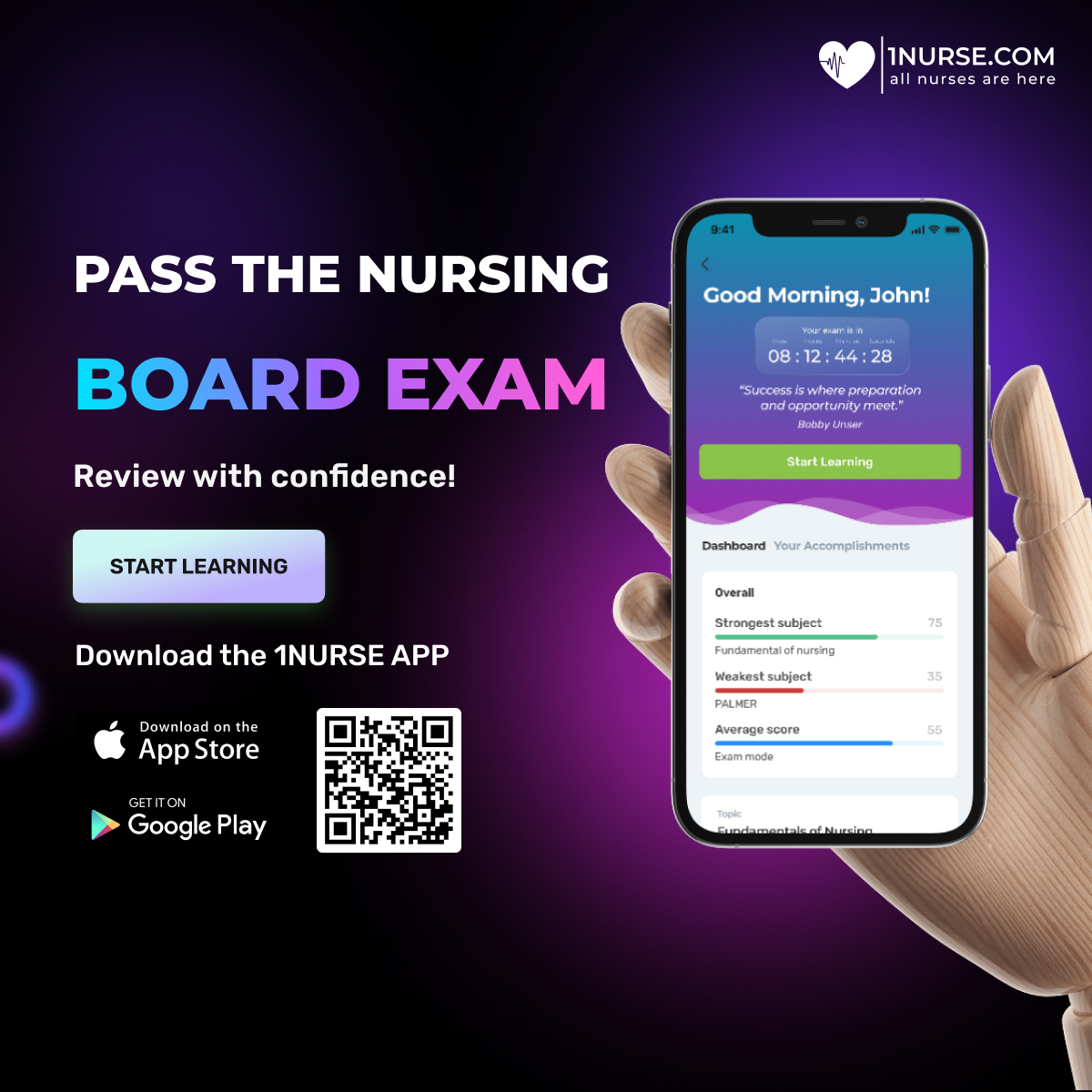What does the future hold for nursing in Singapore? As Singaporeans live longer, more patients may present with numerous disorders, necessitating the consultation of multiple doctors. Nurses will be in charge of integrating all of this data for patients and monitoring their health. Nurses' jobs will be redesigned, and they will be expected to play a larger role in healthcare.
Nurses’ Role In Management
As the present nursing workforce ages and retires, the anticipated shortage of nurses will create opportunities for newly minted nurse managers. Nurse managers, according to research, are critical to overall nurse retention because they impact work quality and workplace stability. Nurse supervisors will be able to conduct a better job in the future if there are more cohesive relationships among staff members and greater communication with staff.
Training and Development
Existing nurses will need to be retrained, and nursing education will need to be reformed to accommodate this new function. During their daily morning rounds, the hospital's nurses are being trained to make communication with patients easier. All information from doctors, physiotherapists, and other medical staff is routed through them. Nursing education will be less specialized in specific diseases across the board in Singapore. Nurses will receive more broad-based training in greater numbers.
Public’s Confidence In Nurses
Building patients' trust in nurses as leaders is a major task. Doctors often dominate talks with families and patients, but nurses will increasingly take over this role. It is true that over the years, the public's trust in health care has been rapidly decreasing. Strategies that promote patient engagement may also help to restore community confidence. For example, when occurrences such as infectious disease outbreaks occur, nurses should be candid and treat the situation seriously. Another important step to take is to pay attention to what people in the community say in casual settings and be ready to answer.
Patient-Centered Care
Patients are empowered and results improve when patients take an active role in their own care. Patient-centered care eliminates unnecessary procedures, respects patient wishes, and promotes patients’ well-being.
Patient-centered care is tailored to the individual. It enables health practitioners to create patient-specific care plans. The patient-provider relationship, on the other hand, must be established on trust. To gain trust, you'll need not only excellent leadership qualities but also sophisticated nursing expertise.
Collaborative Care
Patient-centered treatment relies heavily on collaboration. Health professionals can tailor care plans to patients' needs and preferences when they engage in the delivery of care.
Nurse practitioners treating overweight diabetic patients, for example, could give patients diet programs and exercise regimens, as well as explain why they need to make the adjustments. Moreover, nurse practitioners and patients develop activities and methods that fit into patients' lifestyles as part of a patient-centered care strategy. Health care providers ask inquiries to assist patients to find personalized solutions to their problems.
Collaboration fosters trust and rapport, promotes open communication, and assists patients in adhering to treatment plans. It also has a calming effect. Patients' understanding of their health situations improves as a result of collaboration, allowing them to make better decisions.
Hospital administrators and managers must foster pride in nurses. The truth is that the work will not be easy in the future. Nurses will need to dive deep into the meaning of their job and stay motivated in the face of a dwindling workforce and more complex diseases.
Find healthcare jobs here: https://jobs.1nurse.com/
Download the App: https://www.1nurse.com/download-qr/









